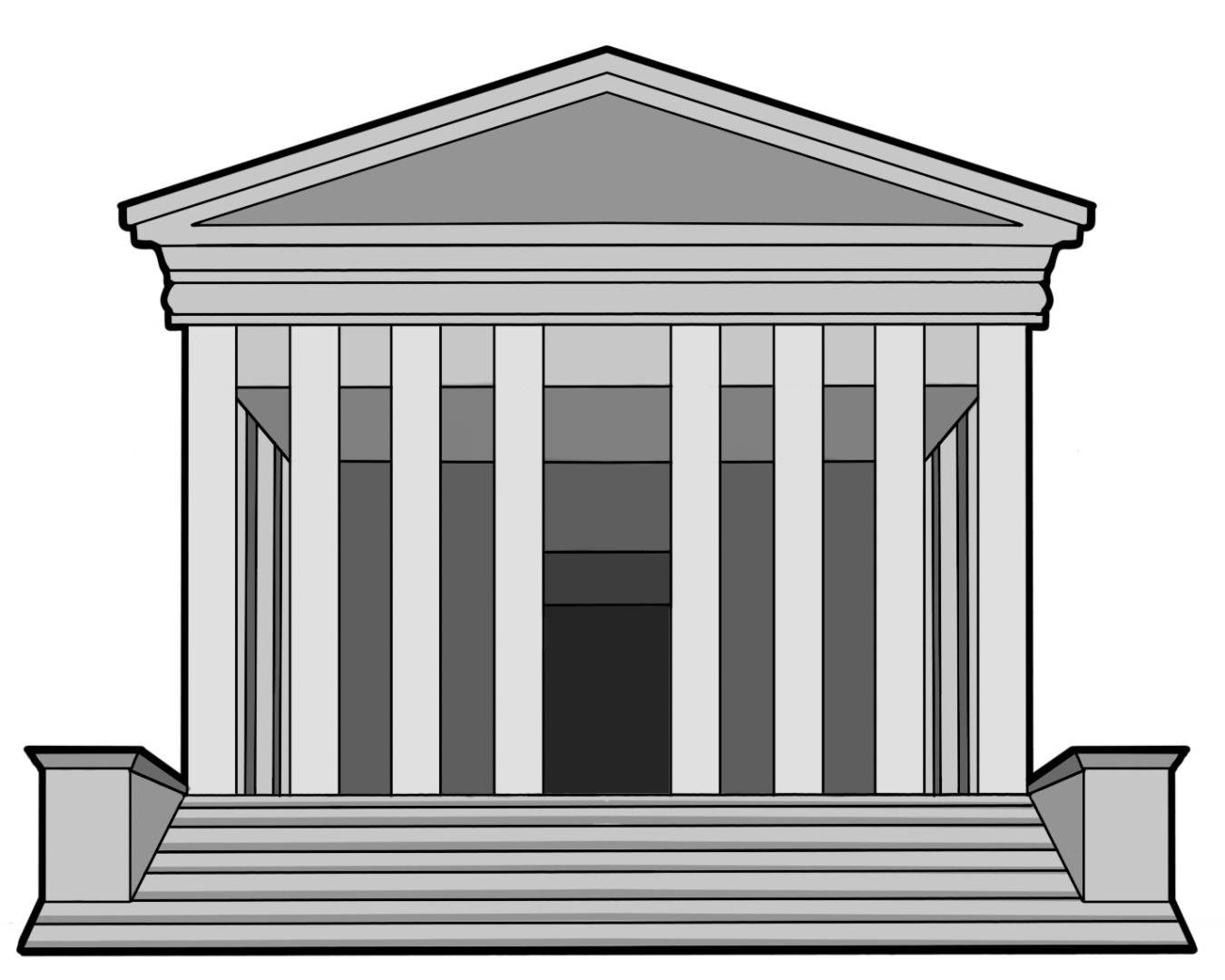According to Cornell Law School, affirmative action is a set of procedures designed to eliminate unlawful discrimination among college and job applicants, remedy the results of prior discrimination and prevent such discrimination in the future. Originally made as a provision for government contractors not to discriminate against minorities on a legal basis in Executive Order 10925 under President John F. Kennedy, affirmative action’s context has evolved to its current definition through several legal measures over the years. Now, affirmative action is used by many higher education institutions when determining which students to admit to their schools, with the demographics of race and/or ethnicity in mind. However, on Oct. 31, the Supreme Court heard two cases: Students for Fair Admissions, Inc. v. President & Fellows of Harvard College and Students for Fair Admissions, Inc. v. University of North Carolina. Both cases seek to overturn the ruling in Grutter v. Bollinger, which allows universities to consider race in their admissions process, according to Boston University Today.
University of Indianapolis Associate Professor of Political Science Laura Merrifield Wilson said the Supreme Court is looking into how affirmative action affects college admissions. She said that in the past, Supreme Court decisions have upheld colleges’ right to look at differences in candidates based on race or ethnicity as a part of the admissions process.
“The concept behind affirmative action, and what makes it highly controversial, is that it does consider race and ethnicity. And when all other attributes of a candidate are the same, they will consider that as part of the holistic approach in terms of, in this case, college admissions,” Wilson said.
Affirmative action takes these aspects into consideration in order to represent previously underrepresented groups of people, according to Wilson.
“[Affirmative action] is trying to take into account the importance of diverse opinions, experiences, and ideas; and the idea behind affirmative action is to promote [diversity] so that you have a more representative body that reflects [the population] in the area,” Wilson said.
According to Encyclopedia Britannica, affirmative action in the United States protects people on the basis of race, disability, gender identity, sexual orientation, ethnic origin and age. Affirmative action does this by giving limited preferences to these groups that have faced long-standing discrimination in job hiring, college admissions, government contracts and other social benefits, according to Encyclopedia Britannica.
Wilson said that a common misconception, among her students in particular, is that affirmative action gives outright preference to underrepresented groups, when preference is only given if all other aspects of a candidate are the same.
“[Affirmative action] is obviously controversial, but the arguments in favor of it are to rectify issues we’ve had in the past in terms of discrimination and in particular an imbalance of representation,” Wilson said. “For a long time, women and racial and ethnic minorities were excluded entirely [from public institutions] and then for a long time minimized, almost tokenized. You have one or two, but nowhere near what’s representative of the entire population.”
In terms of affirmative action as an ongoing social issue, Wilson said that it will likely continue cycling through the court system and will continue to be challenged, regardless of what the Supreme Court decides.
“If [affirmative action was essentially legally dismantled], then institutions may change their policies, where they don’t consider race or ethnicity at all. I think you’ll also see some institutions go against that, and that would bring a further challenge to the court,” Wilson said.
Wilson said that it is anticipated that affirmative action will be overturned because of the conservative majority in the Supreme Court, and that this will force many universities to revisit and make major changes to their admissions policies.
“We don’t know what that decision will be, but we know that there will be a decision, because the court chose to select this case. And generally the Supreme Court sees over several thousand petitions a year, and they only take about a hundred cases,” Wilson said. “So the fact that they selected this one, as a court, tells you that they are interested, and they are going to be making a decision on it.”
The Supreme Court’s official ruling on the two affirmative action cases will likely arrive in June of this year, according to The New York Times.
The UIndy Office of Inclusion and Equity states on their web page that, “We work to eradicate inequalities and discrimination, believing that our institution is incomplete without embracing cultural differences and diversity within our student body and workforce. Inclusion and equity is a core component of the educational mission at the University of Indianapolis, and we strive to uphold these values by instilling the structures and processes needed to better meet academic, cultural and social needs of all entering the educational environment.”UIndy currently has 33% minority and international students out of the 5,600 total students enrolled, according to the university’s website.







